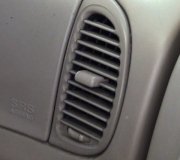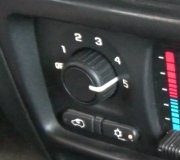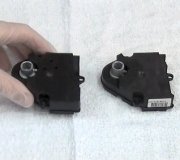Good questions. I don't consider any A/C work a simple recharge. If the system is empty you need to know why first. If the system was pulled apart for component replacement, why?
Then proceed from there. Normally I start with a refrigerant ID then connect up a recovery machine to check static pressures. If the system is empty and doesn't have sealer or possible debris from a failed compressor. I will pull a full vacuum and hold it as long as possible to pull any possible moisture out. From there I will put in a small charge of CO2 and use a couple of methods to look for pressure leakage. If that passes I pull a vacuum again, then charge the system by weight and test for function.
As for topping up, for an actual shop in the US it is illegal to do that, they are supposed to pull the charge out, test and repair any issues then recharge the system using a machine or other approved method.
However a DIYer on their own can top up a system, because they are not covered under those laws. That is why you can get the small cans of refrigerant everywhere, under a set amount there are no requirements for certification or use by those people and that is what many of the YT videos are showing.
Is there a time when you can just pull a vacuum without using a machine, yes, if you check the static pressure and it shows no charge present or if you are working on a known empty system, IE someone pulled the system apart to replace a part or has added a system to a vehicle. In that case a simple vacuum pump is all that's needed as there is no refrigerant in the system. Then you can test for leaks and charge the system with refrigerant and oil.
As for reusing the refrigerant once removed from a system, it depends on the machine they are using and what they actually have to do that process. With the ID system I use it will show you if someone has added dye or sealer to the system, if either are found I use a recovery only machine. That all gets pumped into a recovery cylinder and shipped out where they deal with it. Same with suspected compressor or similar failure. You don't want to run sealer or metal debris through a recovery machine. Even with the filters on them it can be an issue if anything gets into the lines. If the system tests "clean" I use a machine that will recover the charge and oil and weighs both and then when the system is recharged new oil is added along with a full refrigerant charge with the amount recovered originally credited back to the vehicle.
If you are in the US and really want to get info on HVAC rules, read up on the EPA laws and sections 608 and 609 which cover repairs on HVAC systems on vehicles and related systems.
https://www.epa.gov/mvac
SPONSORED LINKS
Thursday, July 15th, 2021 AT 3:19 AM




